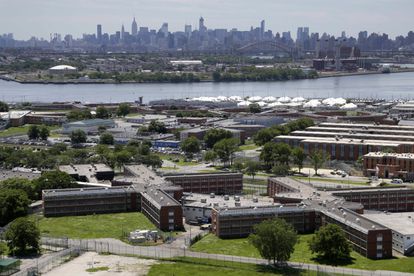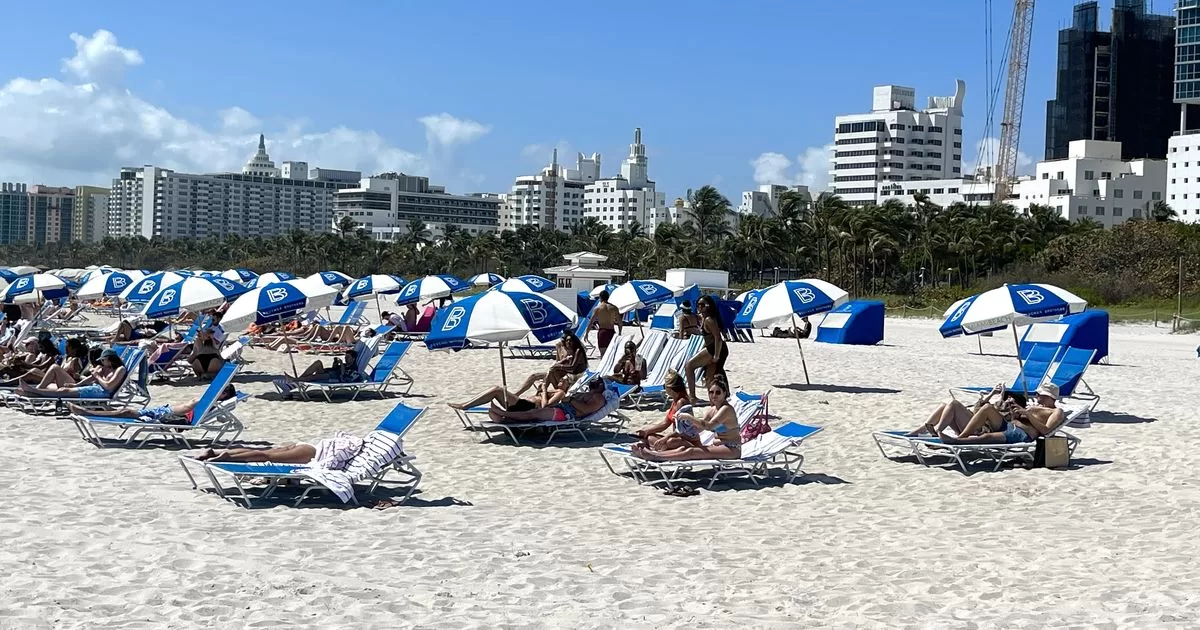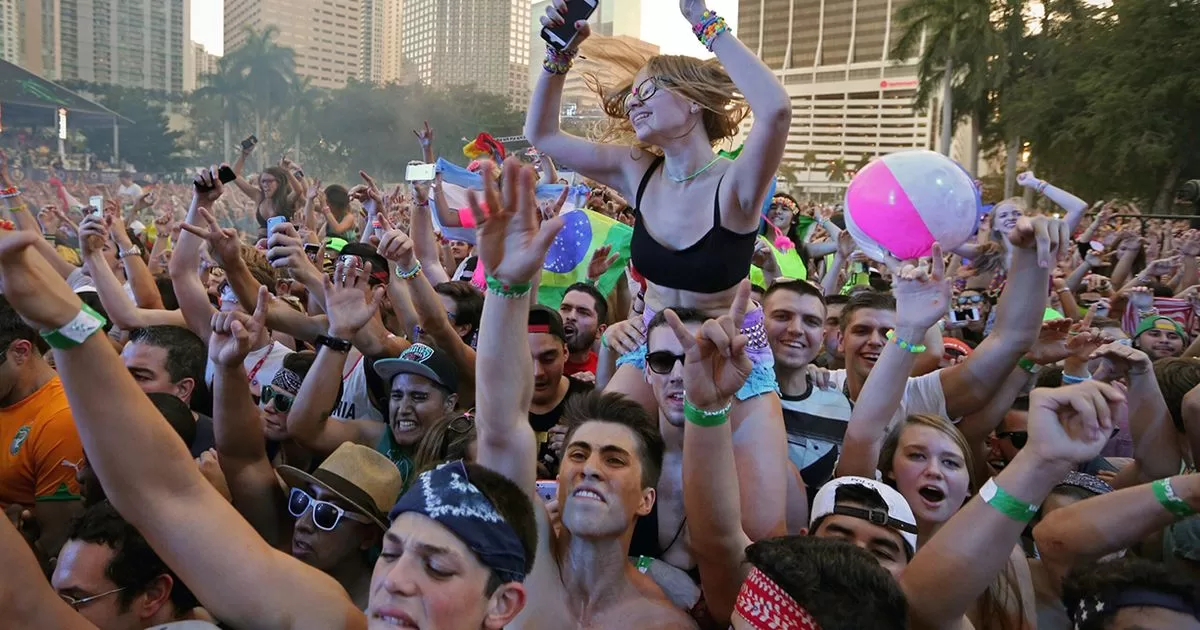Justice has requested the intervention of the New York prison system in the face of the galloping human crisis in the Rikers Island prison, where the succession of deaths of prisoners and the abuse of force by officials combine explosively. Damian Williams, the federal prosecutor in Manhattan, recently called for federal intervention in New York prisons, wresting decision-making power from Democrat Eric Adams’s council. The possibility of naming a receiver will be heard in the United States District Court on August 10.
Williams’s recommendation is a blow to the mayor, who won the election with a clear message of law and order, yet finds himself embroiled in security issues. Keechant Sewell, the chief commissioner of the New York Police Department, the largest in the country and to which Adams once belonged, resigned surprisingly a few weeks ago after just over a year and a half in the position, allegedly due to lack of autonomy. Edward Caban will replace her, the first Hispanic to lead the department.
Eight years after a historic agreement with the city of New York to reform Rikers Island, attempts to straighten out what many call the prison of horrors have proven futile. If Attorney Williams’ proposal to cede control to Washington is approved by a federal judge, the administrator would not only wrest decision-making power from City Administration, but possibly scrap union agreements and other long-standing labor standards.
“This is a collective failure with deep roots, spanning multiple administrations of mayors and (Prison) commissioners,” Williams said in a brief statement on July 17. “But after eight years of trying all the methods, we can’t wait any longer for substantial progress to materialize.” His announcement came two days after the death of William Johnstone, the 25th inmate to die in custody or shortly after his release since Adams took office in January 2022. The tragic list is not without suicides, cases of overdose or, finally, the marked incidence of mental health problems ―not adequately treated― among the population. A week later, an official was suspended from employment after the death of another inmate, the second in 15 days and the seventh so far this year.
Adams, who in the campaign continually drew on his professional experience as a police officer to garner votes, finds himself on the ropes. He opposes any transfer such as the one recommended by the prosecutor and enthusiastically endorses the current Commissioner of Prisons. But in practice he stands on his own, with no support other than that of the prison officers’ unions. The municipal comptroller, the ombudsman, various councilors and human rights organizations have long been demanding a judicial administrator to tackle the crisis. Protests over the deterioration of the prison are frequent.

Join EL PAÍS to follow all the news and read without limits.
subscribe
Rikers isn’t the only troubled jail in New York. The Brooklyn correctional facility famous for housing flashy inmates, such as Ghislaine Maxwell and a large group of drug traffickers, is bursting at the seams due to overcrowding. The Manhattan prison where pedophile Jeffrey Epstein committed suicide in August 2019, known as New York’s Guantanamo, was closed for not meeting the minimum habitability and security conditions. Rikers Island, which houses mostly pre-trial prisoners, is, compared to the previous ones, the opprobrium with capital letters.
Federal courts have had a direct involvement in Rikers since 2015, when one of Williams’ predecessors agreed with the city to crack down on violations of the constitutional rights of detainees in city jails. The settlement was the result of a landmark lawsuit brought by the Legal Aid Society in which the group alleged that prison officers abused detainees so severely and systematically that drastic action was necessary. A federal monitor, Steve Martin, whose team has published dozens of reports describing deteriorating safety and livability conditions, was appointed to oversee the reforms. “Current rates of use of force (by officers), stabbings, fights, assaults on staff, and deaths in custody are not typical, they are not expected, they are not normal,” reads a recent report. The minimum hygiene conditions are conspicuous by their absence.
A closure planned for 2027
Eight years after the formal attempt to stop the deterioration of the prisons, justice opts for surgical measures, such as the hypothetical transfer of management to the federal government. An increasingly deadly and dangerous prison system, more violent, that the confinement of the pandemic exasperated and that absenteeism and periodic sit-down strikes by officials, overcome by the lack of means, have only contributed to aggravate. In 2017, under the mandate of Mayor Bill de Blasio, a plan to close Rikers in a decade was agreed – a measure that the current councilor also defends – but the schedule of deadlines is limp and the intervention of the federal judge is more desperate. attempt to plug leaks than a programmatic solution. The numbers are responsible for cooling any expectations: the largest prison in New York houses more than 6,000 inmates, most of them preventive, but also a small percentage of those convicted of minor crimes, and has an annual average of 100,000 admissions. The exasperation of activists, supervisors and authorities – Adams himself has described the prison as a “national shame” – is growing.
The supervisor’s impatience has reached the point of asking the judge to hold the city in contempt for not being able to guarantee the normal functioning of the jail. In his request, Martin underlined the fact that officials have completely lost control of the facilities (his representatives believe that the solution involves a larger budget). The deal that calls for Rikers to close by 2027 remains in place, with new, smaller jails being built in four city wards, but the new centers will only be able to hold 3,300 inmates, half of Rikers’ current population.
In addition to the image setback for Adams, also touched by the revelation of the existence of an illegal donation scheme for his 2021 campaign that is in the hands of justice, the old debate on prisons contains a key question: the viability of the model of current management, in which private prisons -not in the case of New York, where they are municipally managed- account for practically all the income. The country with the largest number of prisoners in the world and with the highest proportion of the prison population -2.2 million at the end of the last decade- has a serious problem with its prisons. According to the NGO The Sentencing Project, which advocates a reform of the system, of the national ratio of 350 prisoners per 100,000 inhabitants (some States, such as Louisiana, Oklahoma or Mississippi, multiply the figure by two), only 43 are admitted to a prison federal; the rest, 307, are serving their sentences in private centers. The business, like any other, of prisons moved at the end of the last decade 3,000 million dollars (about 2,695 million euros) a year.
Follow all the international information on Facebook and Twitteror in our weekly newsletter.
Subscribe to continue reading
Read without limits







